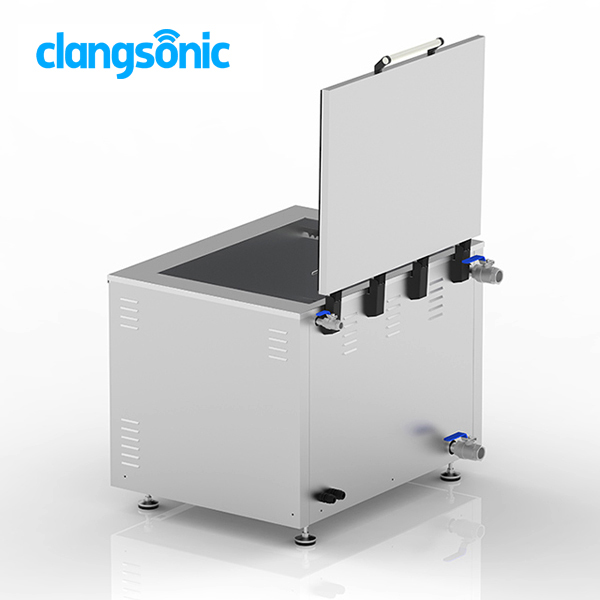How immersion ultrasonic cleaner typically works
2024-03-16
An immersion ultrasonic cleaner is a device used for cleaning various items using ultrasonic waves. It's particularly effective for removing dirt, grease, oil, and other contaminants from objects with intricate shapes or hard-to-reach areas. Here's how it typically works:
1. Tank: The immersion ultrasonic cleaner consists of a tank filled with a cleaning solution. This solution can be water-based or may contain a specialized cleaning agent depending on the type of contaminants being removed.
2. Transducers: Inside the tank, there are ultrasonic transducers attached to the bottom or sides. These transducers produce high-frequency sound waves (typically in the range of 20 to 400 kHz) that create millions of microscopic bubbles through a process called cavitation.
3. Cavitation: When the ultrasonic waves pass through the cleaning solution, they create cavitation bubbles. These bubbles rapidly expand and collapse due to the alternating pressure waves. The collapse of these bubbles generates intense localized energy, creating a scrubbing action that dislodges dirt and contaminants from the surfaces of the items being cleaned.
4. Cleaning Process: Items to be cleaned are immersed in the solution within the tank. The ultrasonic waves penetrate into crevices, blind holes, and other difficult-to-reach areas, effectively cleaning all surfaces without the need for manual scrubbing.
5. Rinsing: After the cleaning cycle is complete, the items are typically rinsed with clean water to remove any remaining cleaning solution and loosened debris.
6. Drying (Optional): Depending on the application, the cleaned items may be air-dried or dried using compressed air or other drying methods.
Immersion ultrasonic cleaners are commonly used in various industries and applications, including:
- Medical and Dental: Cleaning surgical instruments, dental tools, and medical devices.
- Electronics: Removing flux residues from circuit boards, cleaning precision electronic components, and degreasing mechanical parts.
- Jewelry: Cleaning jewelry, watches, and gemstones.
- Automotive: Degreasing engine parts, cleaning carburetors, and removing contaminants from automotive components.
- Optics: Cleaning lenses, eyeglasses, and optical components.
- Manufacturing: Removing machining oils, cutting fluids, and debris from machined parts.
Overall, immersion ultrasonic cleaners offer a fast, efficient, and thorough cleaning solution for a wide range of items, making them indispensable tools in many industries and applications.



